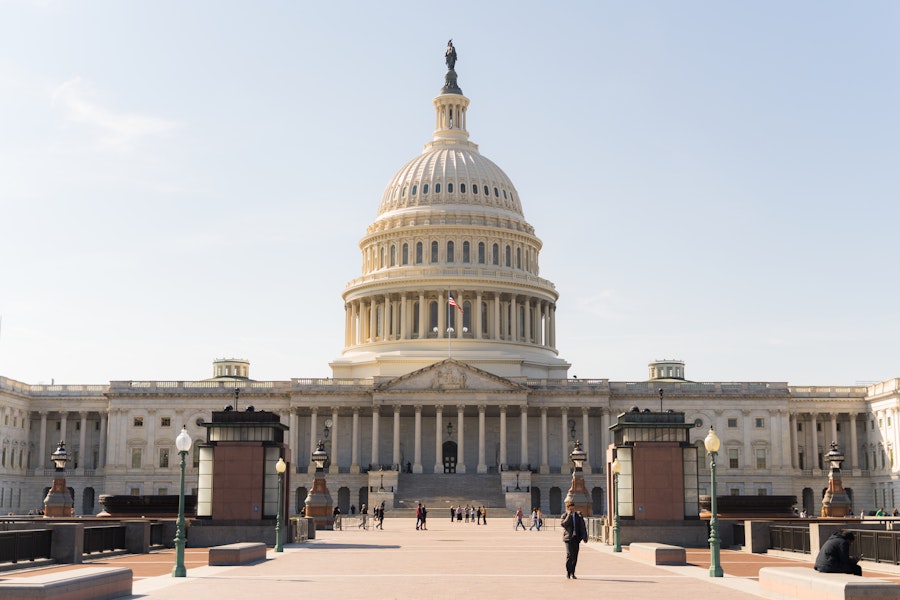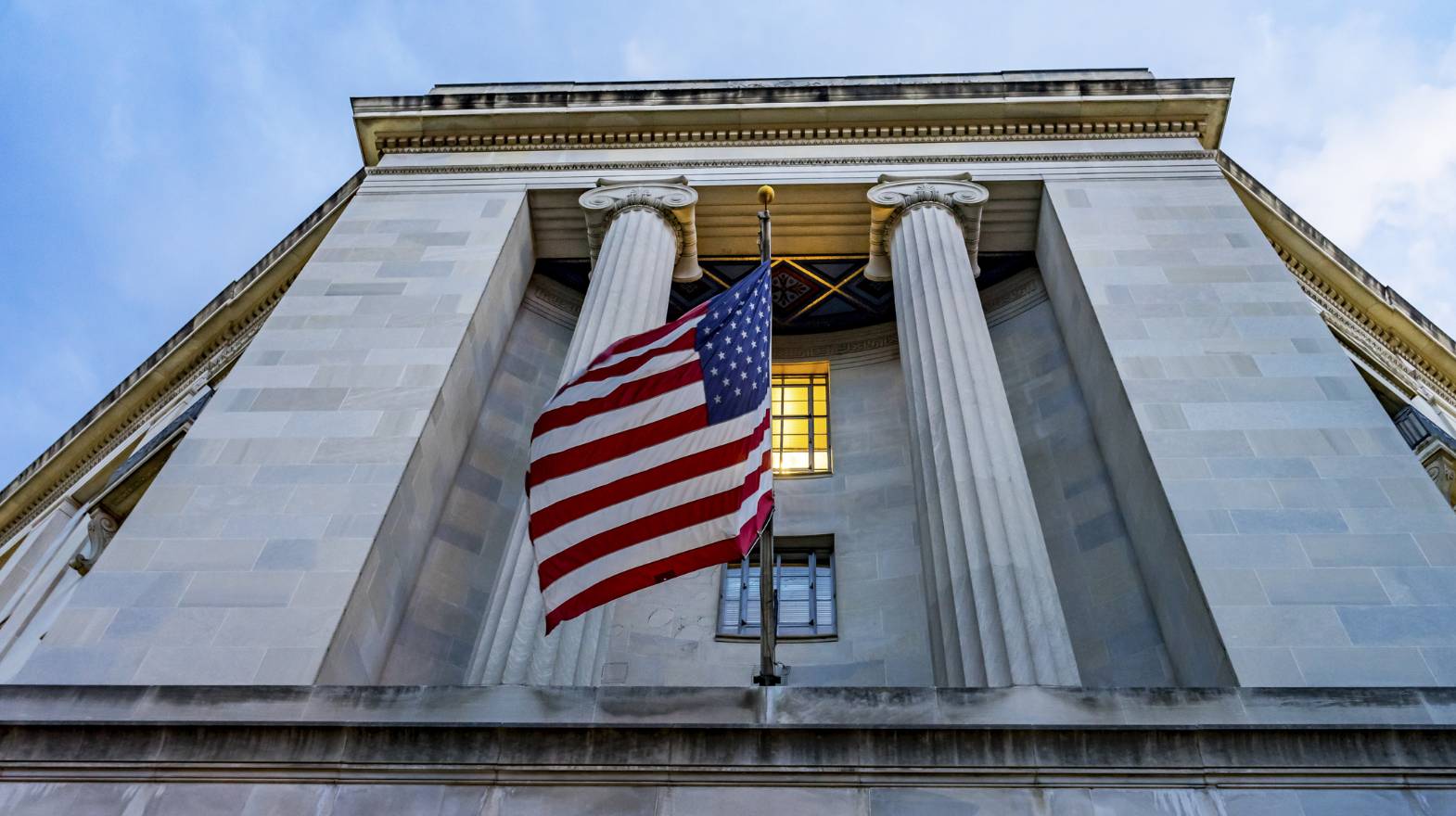After a tense, back and forth campaign, Donald Trump has won a decisive victory over Kamala Harris.
Not only did he sweep the crucial swing states, from Georgia and Arizona to the all-important “Blue Wall,” but he also won the elusive popular vote. Republicans hadn’t pulled that off since 2004.
The anticipated lengthy counting process never came to be. By midnight eastern time on election night, TV viewers could go to bed with near certainty that the former president was going to pull it off. The landslide is a stunning rebuke of Harris and the unpopular current administration — from which she was never able to quite extract herself.
There will be endless postmortems, self-searches, and reckonings among the Democratic establishment, just as there was when Trump bucked the polls in 2016. Republicans have also flipped the Senate and could still hold onto the House.
A New Republican Coalition
No longer is Trump’s voting coalition limited to his vaunted base. Now, it seems, Trump has expanded his reach, encroaching on key groups that the Democrats once counted on.
Young voters, particularly young men, swung heavily toward Trump. They had been a solid group for Joe Biden in 2020, but flipped significantly this time around. It is a stark contrast to the stories from four years ago portraying Generation Z as a new activist generation, centered on social media.
Trump, adept at social media himself, focused his attention in the final months of the campaign on garnering the support of young men. He courted fans at UFC events. He mingled with popular online streamers, like Adin Ross. And perhaps most significantly, he embarked on a podcast circuit of bros, relaxing with comedian Theo Von and shooting the breeze in a three-hour episode with Joe Rogan.
The format suited him, enabling his lengthy and open-ended diatribes. He ducked the mainstream media’s criticism (and fact-checking) by appearing in a more relaxed format. He appealed to listeners who had been apathetic and pessimistic about politics.
Kamala Harris responded with her own appearances, most notably on the “Call Her Daddy” podcast, which is popular among young women. Her VP candidate, Tim Walz, appeared on sports podcasts. But a few days before the election, she declined to fly to Rogan’s home base in Austin, Texas for an interview. Rogan ended up inviting Elon Musk instead and endorsing Trump.
Whether the Harris campaign made an error in declining the Rogan appearance is tough to answer as of yet. But we know that young men swung dramatically to Trump.
Latinos, too, moved toward Trump — a continuing trend. 42 percent of Latinos voted for the Republican ticket nationwide, a seven-point jump from 2020. With more than 50 percent of Florida Latinos voting Trump, Republicans have turned Florida from a swing state to solid red.
Despite his inflammatory rhetoric on Hispanic immigrants, Trump has only added to his voting coalition. It reaches back to perhaps the biggest takeaway from the election — that Harris was deeply connected with the unpopular Biden administration, and that no explanation is complete without that simple fact.
Where Do We Go From Here?
Consider that every governing party facing election this year in a developed country lost. Post-covid inflation sunk Biden’s approval rating, and as his Vice President, Harris was aligned with his policies. She tried her best to run on change — touting the “We’re not going back” slogan — but as the incumbent party, that’s hard to do.
Change is a powerful force in American politics. As The Atlantic’s Derek Thompson pointed out, the advantage of the incumbent has dissipated over the past couple of decades. In a tight, heavily-partisan environment, the challenging party is able to play on economic anxiety and secure swing votes.
Trump’s margin of victory — upwards of four million votes — is the bigger shock. His election marks a nationwide push to the political right. Time will tell if the movement is lasting.






